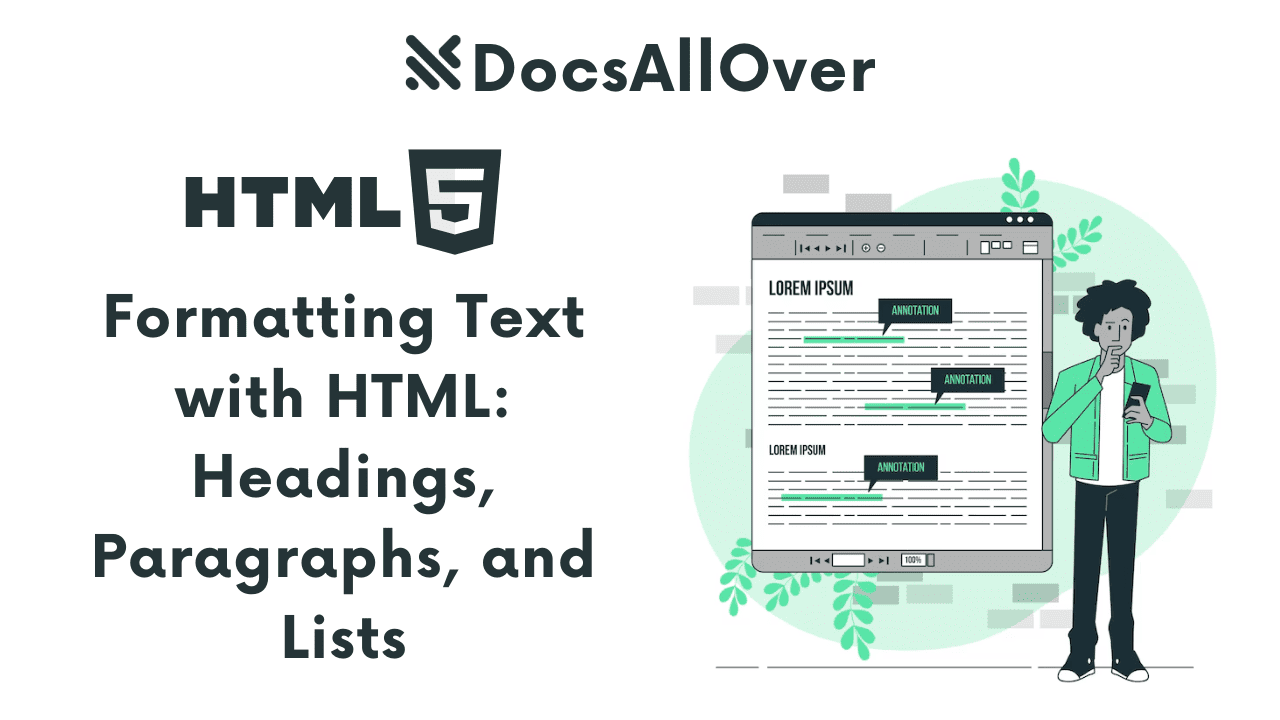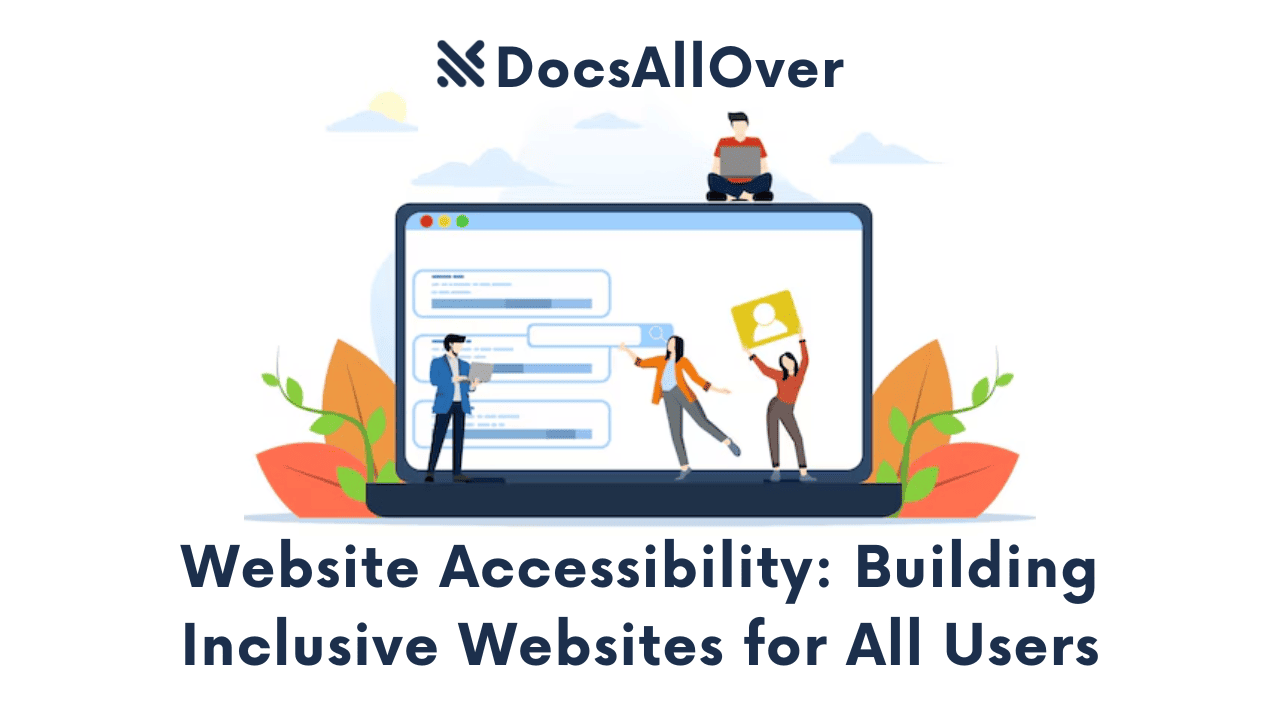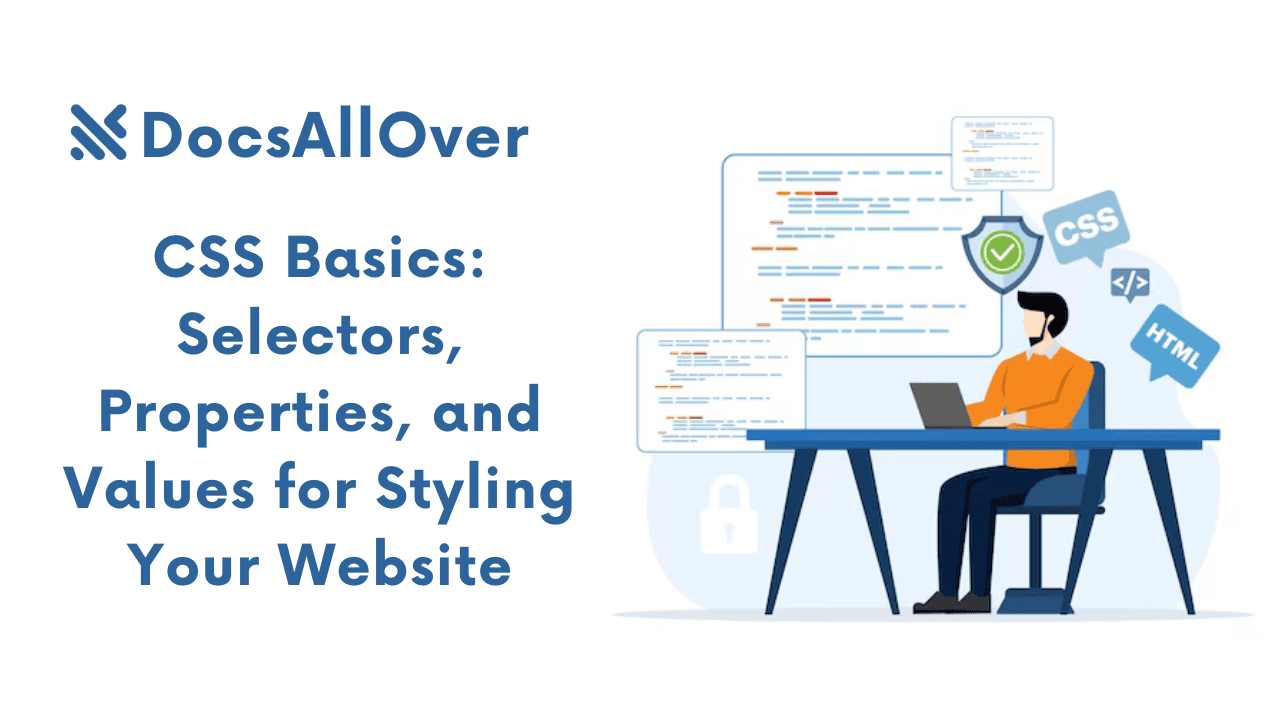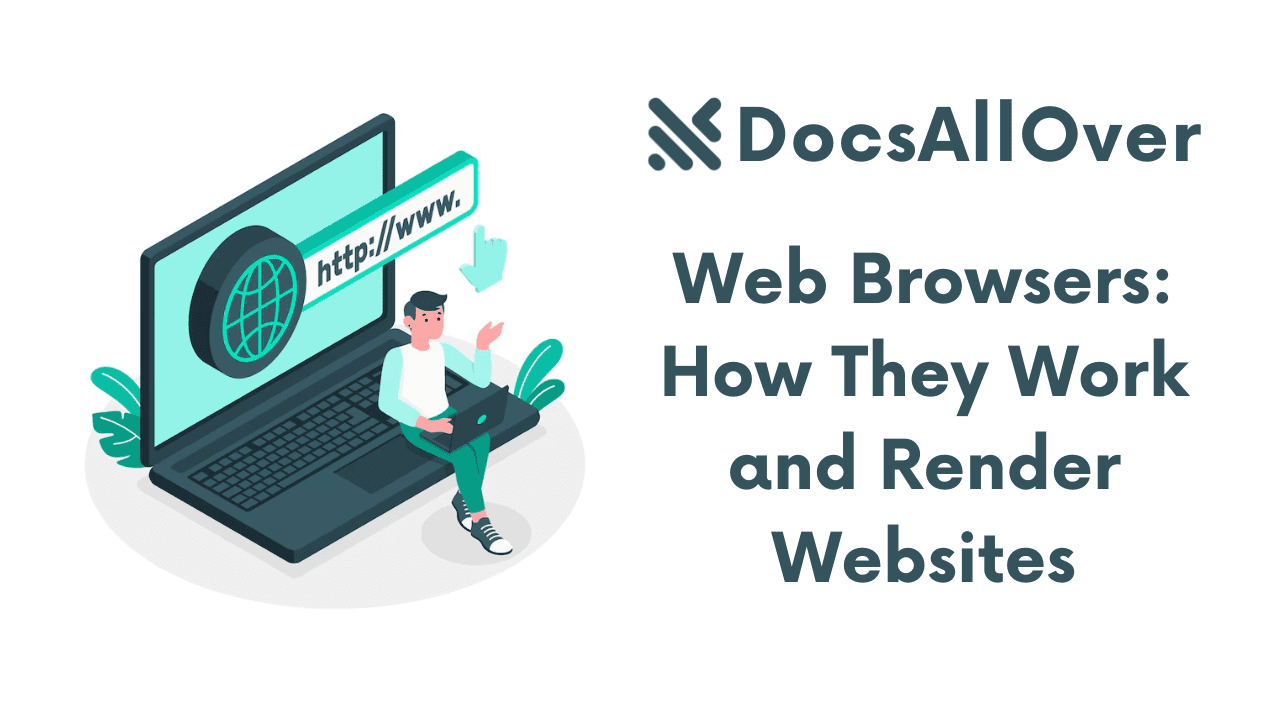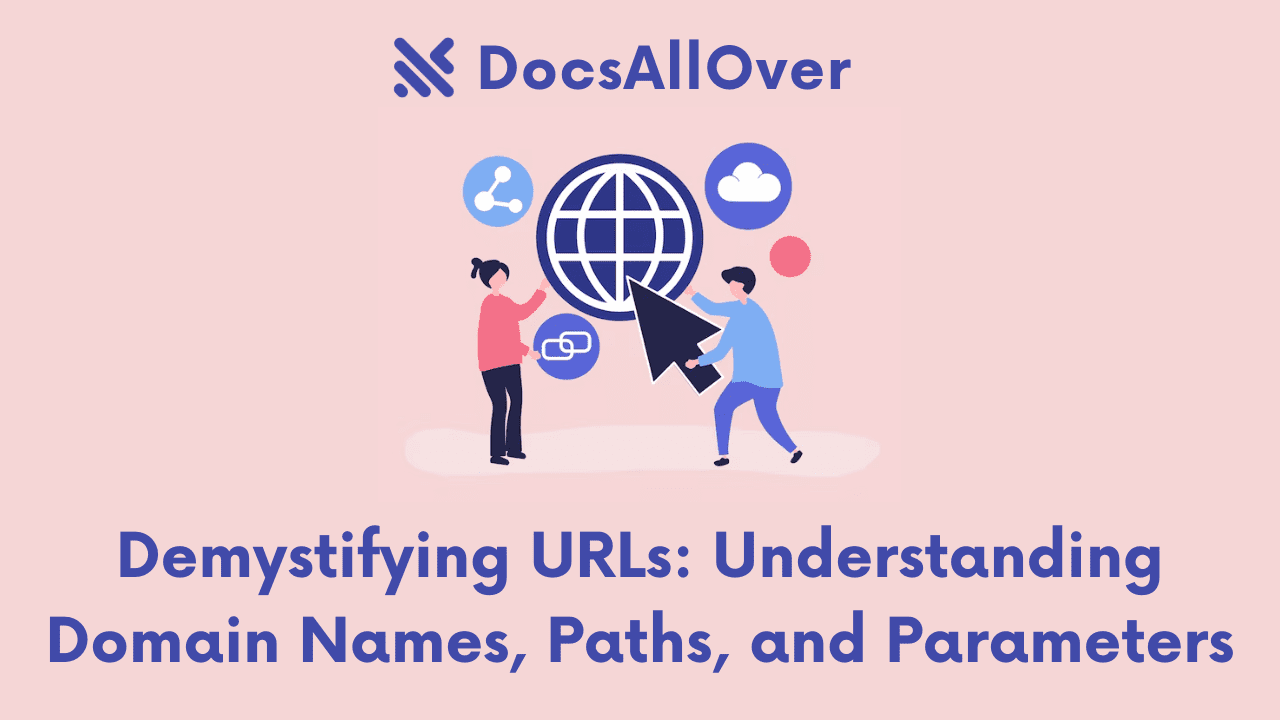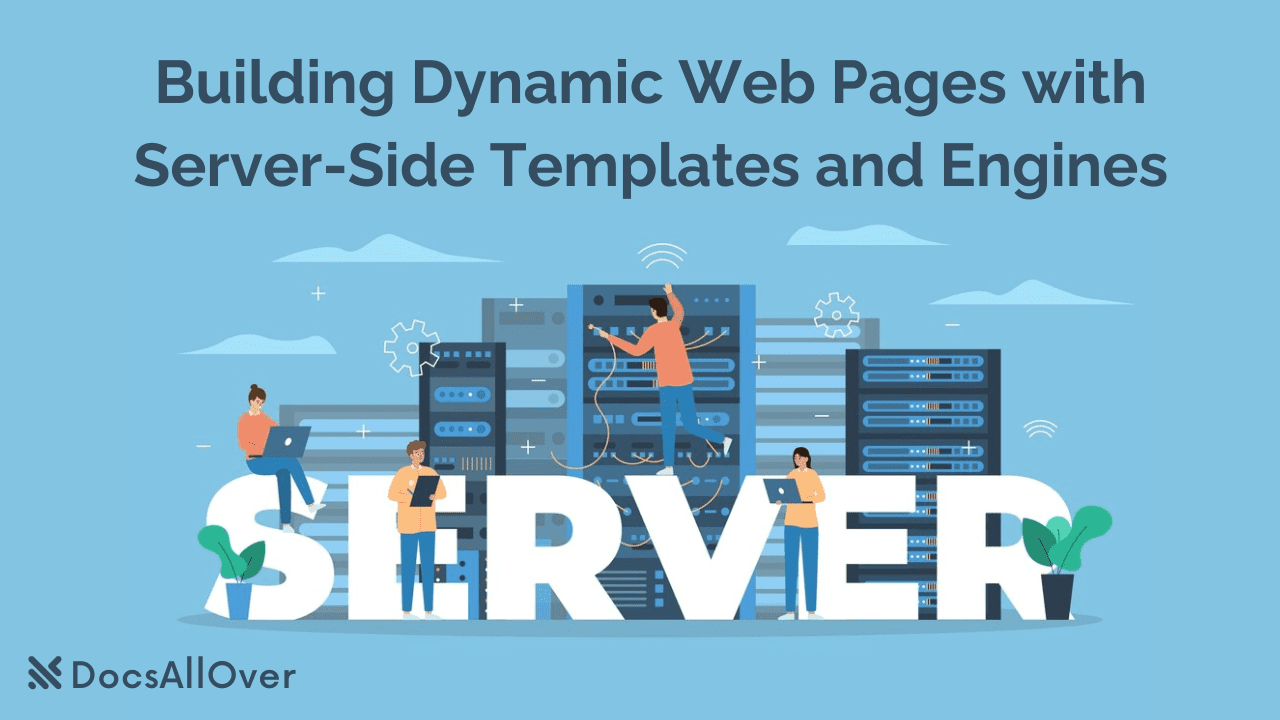The Structure of the Web: How It All Fits Together
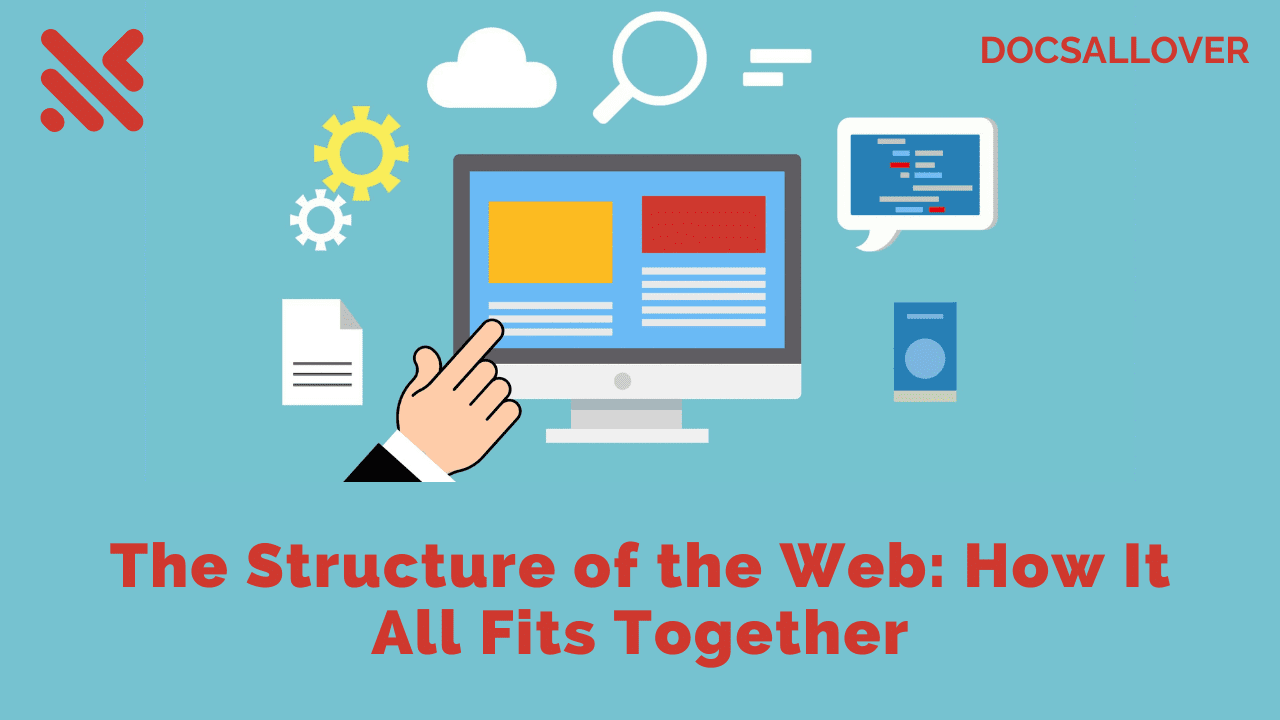
The World Wide Web (WWW), commonly known as the Web, is an information system where documents and other web resources are identified by Uniform Resource Locators (URLs), which are strings of characters that point to the resource. The resources are then accessed via hypertext transfer protocol (HTTP).
The Web was invented by Tim Berners-Lee in 1989. He was working at CERN, a European research organization, and he wanted to create a way for scientists to easily share information.
The Web quickly became popular, and it is now used by billions of people around the world. It is used for everything from browsing news articles to shopping online.
The Structure of the Web
The Web is made up of a vast network of interconnected documents. These documents are called web pages.
Web pages are stored on web servers. Web servers are computers that are dedicated to serving web pages.
When you enter a URL in a web browser, the browser sends a request to the web server. The web server then sends the web page back to the browser.
How the Web Works
The Web works by using a set of protocols. A protocol is a set of rules that govern how computers communicate with each other.
The main protocols that the Web uses are HTTP and HTML.
HTTP is the protocol that is used to transfer web pages. HTML is the language that is used to create web pages.
Examples of Web Pages
There are many different types of web pages. Some common examples include:
- Home pages: Home pages are the main pages of websites. They usually contain information about the website and its owner.
- Blog posts: Blog posts are articles that are published on blogs. Blogs are websites that are used to share personal thoughts and ideas.
- News articles: News articles are reports on current events. They are usually published on news websites.
- Product pages: Product pages are pages that are used to sell products. They usually contain information about the product, such as its price and features.
- Images: Images can be shared on the Web using image hosting websites. Image hosting websites allow users to upload and share images.
- Videos: Videos can be shared on the Web using video sharing websites. Video sharing websites allow users to upload and share videos.
The Future of the Web
The Web is constantly evolving. New technologies are being developed all the time, and these technologies are changing the way we use the Web.
Some of the most promising technologies for the future of the Web include:
- Artificial intelligence (AI): AI can be used to create more personalized and interactive web experiences.
- Virtual reality (VR): VR can be used to create immersive web experiences.
- Augmented reality (AR): AR can be used to overlay digital information on the real world.
- Blockchain: Blockchain can be used to create secure and transparent web applications.
The future of the Web is exciting. It is a technology that has the potential to change the world, and I am excited to see how it evolves in the years to come.

